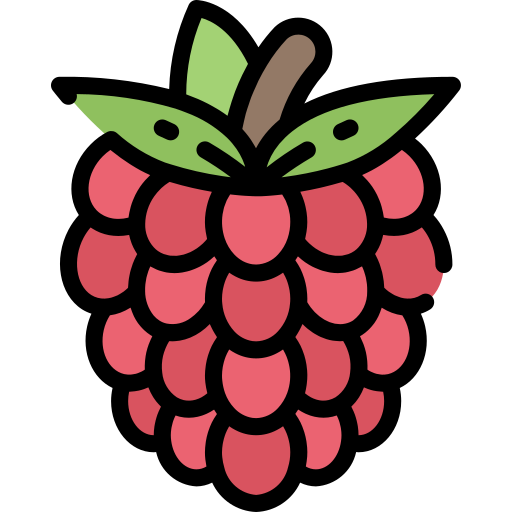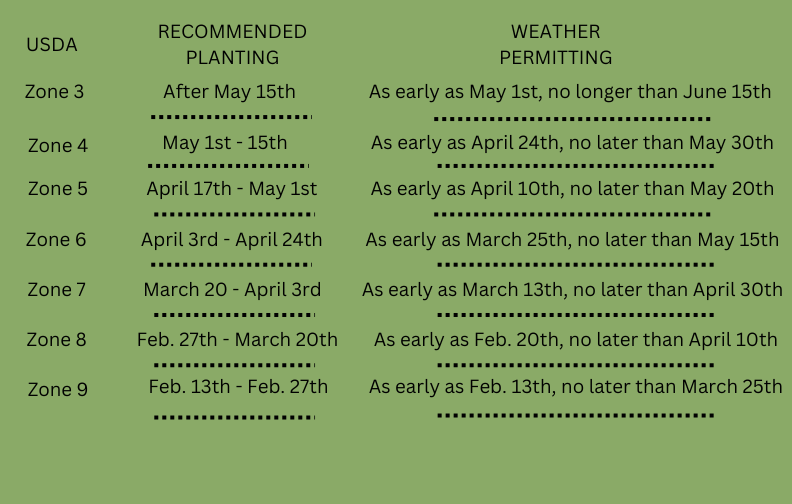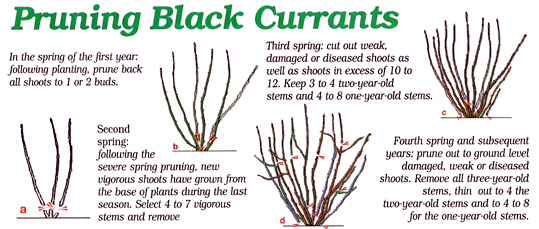| Quantity | Price |
| 1-9 | $11.00 |
| 10-29 | $9.50 |
| 30-99 | $9.00 |
| 100 + | $8.25 |
Hybrid variety from Finland bears aromatic, yellow medium to large dessert quality fruit with sweet flavor. Low growing thorny bush with spreading habit, some resistance to powdery mildew, may require extra fertilizer to maintain vigorous growth.






